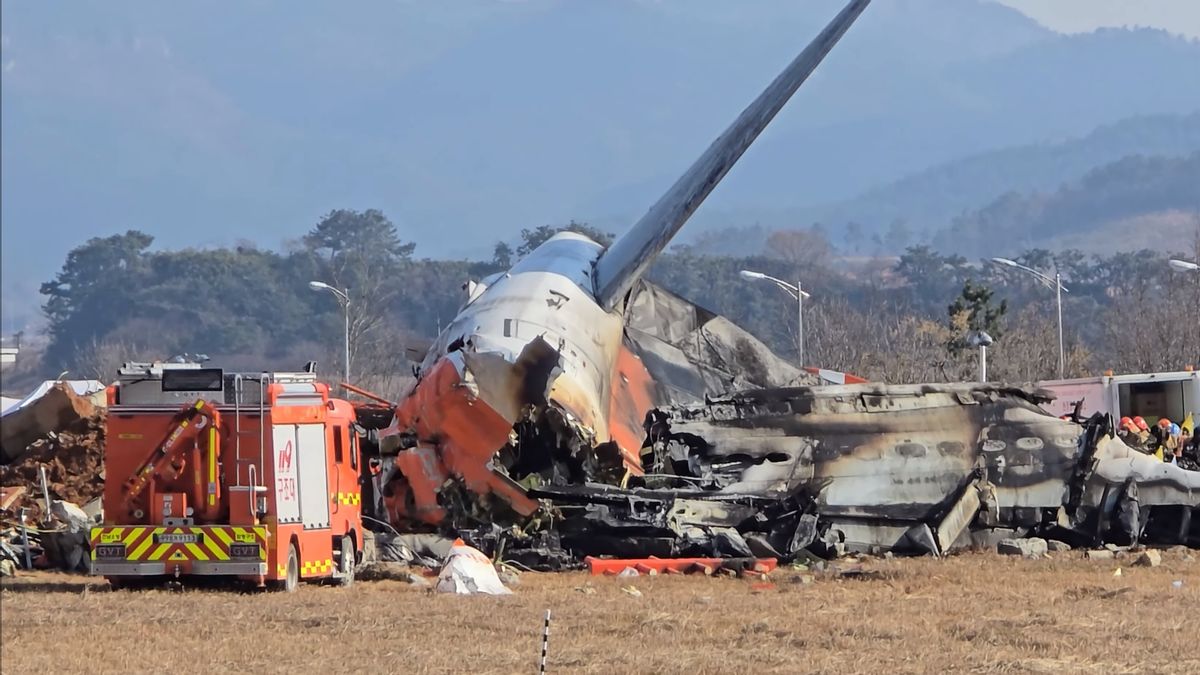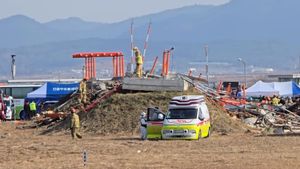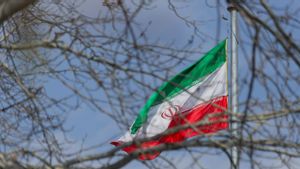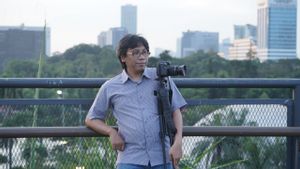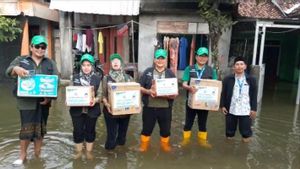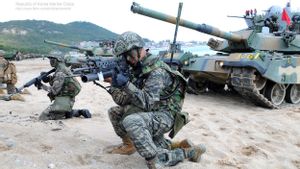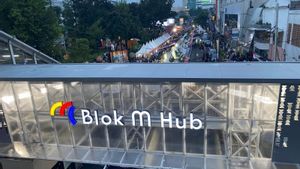JAKARTA - South Korea's Ministry of Land, Infrastructure and Transportation (MOLIT) reiterated Tuesday, its controversial localizer and concrete foundation at Muan International Airport, which was linked to the severity of victims in the Jeju Air 7C2216 flight crash, built in accordance with regulations.
The Boeing 737-800 aircraft belonging to Jeju Air airline with registration number HL8088 from Suvarnabhumi International Airport, Thailand had a fatal accident while landing at Muan International Airport, South Korea on December 29.
The plane carrying 175 passengers and six crew members on the flight turned into fireball after making an emergency landing and hitting the concrete structure. Only two crew members survived the incident.
At a press conference on Tuesday, officials reiterated that the localizer was "built in accordance with regulations," despite criticism from domestic and international experts, its structure contributed to the high number of casualties, quoted from The Korea Times Jan. 8.
The design company responsible for adding concrete plates under the localizer also stressed that there were no violations of any safety guidelines.
The Jeju Air plane, which made an emergency landing at Muan Airport, continued to advance beyond the runway before hitting a 2 meter high localizer embankment, resulting in an explosion. The embankment, which is supported by 19 concrete pillars, has been called a critical factor that exacerbates the number of victims.
The controversy centers on the interpretation of these guidelines. Based on the "Standards for Airport and Airport Facilities as well as the Installation of Pacu Land," the runway end safety area (RESA) should be extended to at least 90 meters outside the end of the runway, with recommendations to expand it up to 240 meters if possible.
Some argue that the guidelines mandate the expansion of the RESA to include pelocalisir, while others interpret it as a requirement for expansion only to pelocalisir.
The ministry explained that its review concluded the requirements to expand the area of safety at the end of the runway (RESA) "to" localizers, as stipulated in the standard installation, are in line with regulations of the International Civil Aviation Organization (ICAO).
"It is natural to interpret that obstacles must be removed within the end of the runway (RESA) safety area, and that RESA must be secured to the pelocalisir facility," explained Joo Jong-wan, head of the ministry's aviation policy division.
He added that the Muan Airport RESA, which stretches as far as 199 meters to the location of the localization, exceeds a mandatory minimum limit of 90 meters and complies with current guidelines.
On the other hand, the Federal Aviation Administration (FAA) regulation in the United States stipulates that localization location facilities should be placed "outside" RESA, according to the ministry.
"No domestic or international regulation regulates materials or facility designs outside the RESA," Joo explained in response to criticism of the use of strong material on embankments.
He stressed that the construction of localization locations did not violate existing standards. However, he acknowledged a shortage, saying, "Despite compliance with regulations, greater emphasis should be put on ensuring maximum safety." It is known, the localization embankment, 264 meters from the end of the runway, was built during the opening of Muan Airport in 2007. The embankment has 19 concrete pillars, each as high as 3 meters and 0.26 meters wide as 0.
The design of this structure began between 1997 and 1999 under the management of the Busan Regional Aviation Office. From January 2000 to December 2007, during the construction phase, surveillance was diverted to the Seoul Regional Aviation Office.
In last year's renovation project, 30 centimeters of concrete plate, 42 meters long, and 3.4 meters wide were added over the embankment.
Assigned by Korea Airports Corporation, the design phase for this project takes place between May and August 2020, with construction taking place from September 2023 to February 2024.
The renovation involved cutting 30 centimeters from above 19 existing concrete pillars, filling the area with 40 centimeters of soil, and then placing the plate above it.
After the increase, the height of the installation that opens above the embankment is now 70 centimeters.
The ministry announced plans to revise conflicting regulations between "Standards for Airport and Airport Facilities and Pacu Land Installation" and "Standards for Airport Safety Operations" (operation standard).
SEE ALSO:
Although installation standards do not limit the materials used for facilities located outside RESA, operating standards state navigational aids within 240 meters should be made of "facilitation and equipment that breaks easily" and installed "as low as possible."
"Operational standards have been in effect since 2010, meaning the standard has not been in effect during the construction of Muan Airport. However, the need to improve airport facilities to comply with this standard as long as operation and management have increased, and we will immediately review this issue to ensure safety," Joo explained.
"Due to the inconsistency between construction and operational standards introduced together with international guidelines, we plan to align these regulations in the future," he added.
The English, Chinese, Japanese, Arabic, and French versions are automatically generated by the AI. So there may still be inaccuracies in translating, please always see Indonesian as our main language. (system supported by DigitalSiber.id)
